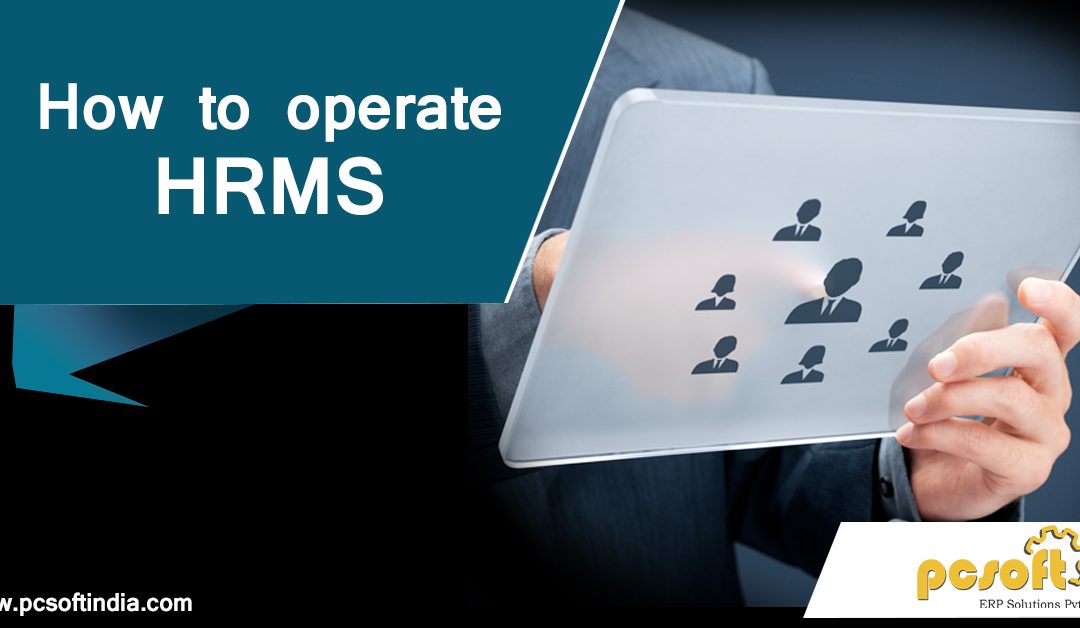Dealing with an organization’s human capital is no simple undertaking.
From enlisting to preparing and advancement, HR has a developing plate of duties that straightforwardly affect an organization’s primary concern.
Most organizations use different programming answers for help with these errands, anyway this can be wasteful and expensive. This is the place Human Resource Management Systems (HRMS) come in.
HRMS arrangements enable organizations to spare time, cut expenses, and better outcome.
What is HRMS?
Human Resource Management Systems (HRMS) coordinate the greater part of the center and vital HR capacities into one arrangement. Regular HRMS modules include:
Finance
Time and participation
Advantages
Enrolling and onboarding
Execution
HRMS history goes back to the late 1970s when the SAP R/2 was propelled. SAP R/2 consolidated HR usefulness with an Enterprise Resource Planning (ERP) database. Be that as it may, a devoted HRMS (one without a coordinated ERP) appeared in 1987 from PeopleSoft. Throughout the years, HRMS has likewise developed from being an on-start answer for one being offered on the web.
HRMS is sent in three distinctive ways:
On-start
Facilitated
In the cloud (Software-as-a-Service)
Purchasers can pick to buy the product forthright and keep up it themselves or have the seller have and keep up the arrangement by means of a membership design use their most vital resource – their kin. Take in more with our Definitive Guide.
HRMS isn’t simply utilized by the HR office, either.
Numerous HRMS arrangements incorporate self-benefit usefulness so workers can oversee and refresh their own faculty information without sending it to HR. Administrators can likewise utilize HRMS to monitor representatives’ participation and execution. Furthermore, organizations with a devoted finance/bookkeeping office utilize HRMS to perform finance/advantage capacities.
Also, selected representatives and employing directors utilize HRMS to witness candidate data, interviews and onboarding forms. In the event that the arrangement is facilitated by the business, IT is regularly engaged with any updates and support. Lastly, top officials can utilize systematic information in HRMS to get knowledge about new undertakings or business wanders and the work expected to look after them.
Here are a portion of the regular modules incorporated into an HRMS. Note that relying upon the seller, a few modules are standard, however others might be discretionary.
Representative Database: Most HRMS frameworks incorporate a concentrated worker database, including names, addresses, parts, compensation, date of contract and the sky is the limit from there. This kind of database is advantageous to all organizations, however it’s particularly useful for bigger associations with numerous areas.
Finance Management: The finance module is standard in many HRMS arrangements. It enables overseers to keep up finance records, and it records and tracks representative wages/pay rates, derivations, coordinate store data and then some. Heads can likewise print off finance stubs and send finance stubs electronically to workers.
Time and Attendance/Scheduling: This module enables chiefs to track representative participation to limit work misfortune. They can likewise track hours, particularly extra time hours
Advantages Administration: The advantages module enables overseers to track representative advantages, for example, protection, 401(k)s, excursion/wiped out time, FMLA and that’s only the tip of the iceberg.
Enrolling/Onboarding: This module helps selection representatives, HR and procuring administrators track and oversee hopeful data, (for example, resumes and applications), and in addition the meeting procedure.
Execution Management: Depending on the seller, this module can remain solitary or fall under the Talent Management classification. The execution module enables organizations to track representative execution on the web, from guides on successful execution audits to the capacity to have workers get to their assessments on the web.
Preparing/Learning Management Systems: A Learning Management System (LMS) is a module that gives preparing and e-learning programs for representatives. Administrators and representatives can get to manuals, tests, scores and other substance by means of a safe Web program.
Detailing/Analytics: The examination module enables HR and administrators to utilize constant HR information, (for example, worker data and execution) to improve business and workforce arranging choices. For instance, one representative in a division may go on maternity clear out.
Different modules incorporate pay and remuneration arranging and progression administration. Contingent upon the merchant, they can be either remain solitary modules or fused into an execution or Talent Management module.
PCSoft India provides best HRMS and mobile ERP software to all types of business, manufacturing and retail industries.



